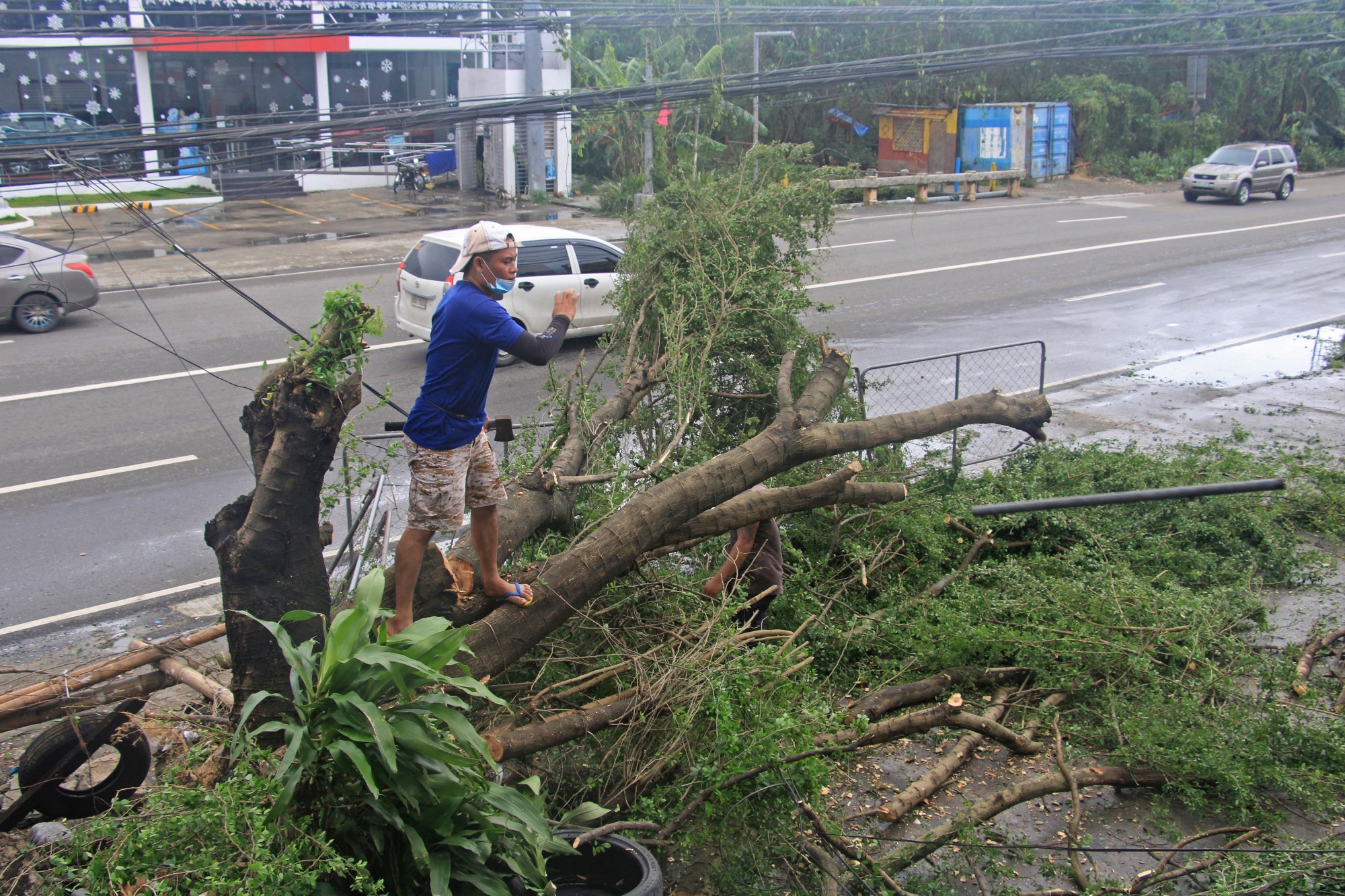Storm Death Toll Rises in Philippines, No Power Yet for Millions
Rai, a super typhoon when it slammed into Siargao Island, a tourist and surfing destination in the southern Philippines, has forced at least 330,000 people to flee their homes across the country, authorities said. It made landfall at least nine times as it moved over the archipelagic nation, bringing torrential rains and destructive winds before heading into the South China Sea on Saturday.
Siargao was totally devastated and 20 billion pesos ($400 million) of damage may have been caused on the island, Bingo Matugas, the congressman for that province, told CNN Philippines.

Several people died in separate incidents involving landslides and falling trees, according to officials from various provinces. Airlines have canceled hundreds of flights in the past few days, while some airports -- including Cebu, the country’s second busiest -- were shut due to heavy damage.
Around 3.16 million people have no electricity in central and southern Philippines due to Rai, the Department of Energy said. Telecommunication lines were also out in areas hit by the storm, hampering rescues and damage assessment, said Ricardo Jalad, the head of the National Disaster Risk Reduction and Management Council.
The Philippines, hit by an average of 20 typhoons each year, is one of the countries most exposed to more extreme weather events caused by climate change. Between 2000 and 2016, natural disasters have cost the nation an average of $1.2 billion annually, according to an Asian Development Bank Institute paper.
More stories like this are available on bloomberg.com
©2021 Bloomberg L.P.
KEEPING THE ENERGY INDUSTRY CONNECTED
Subscribe to our newsletter and get the best of Energy Connects directly to your inbox each week.
By subscribing, you agree to the processing of your personal data by dmg events as described in the Privacy Policy.
More oil news

Enbridge Pipeline Says Wisconsin Oil Spill’s Cleanup in Progress

Wall Street Weighs ‘Hawkish Cut’ While Tech Shines: Markets Wrap

Oil Rises as Possible Iran, Russia Sanctions Temper Glut Outlook

China’s Weak Winter LNG Demand Provides Relief for Rival Buyers

Oil Edges Higher Ahead of US Inflation Figures and OPEC Report

Oil Slips as Glut Outlook Outweighs Optimism on China Stimulus

Oil Edges Higher as Traders Weigh Fallout From Syrian Upheaval

China’s Solar Industry Looks to OPEC for Guide to Survival

Five Key Charts to Watch in Global Commodity Markets This Week
















